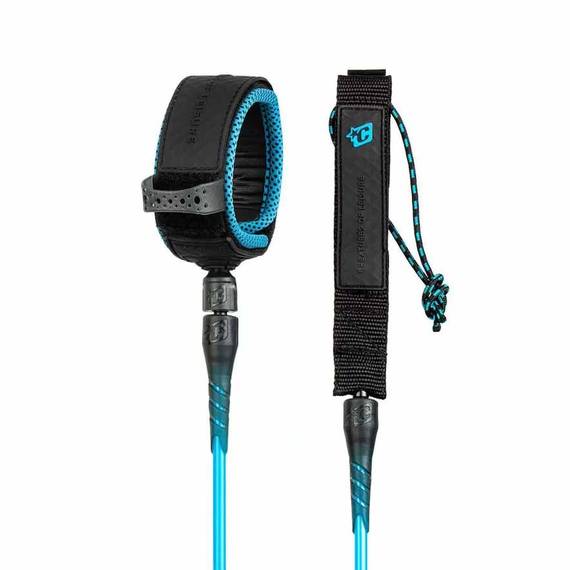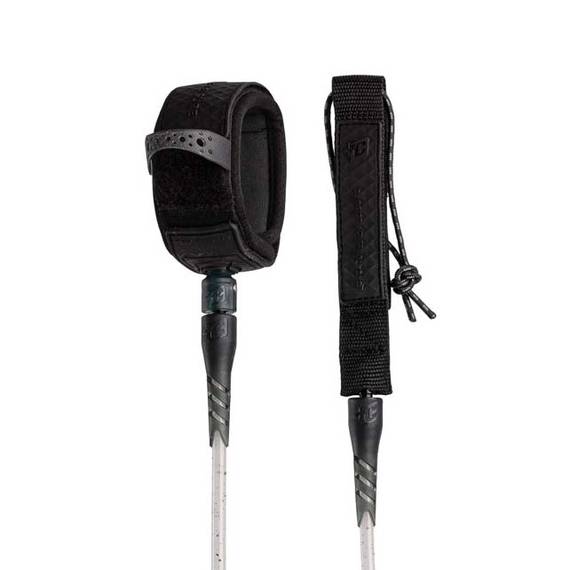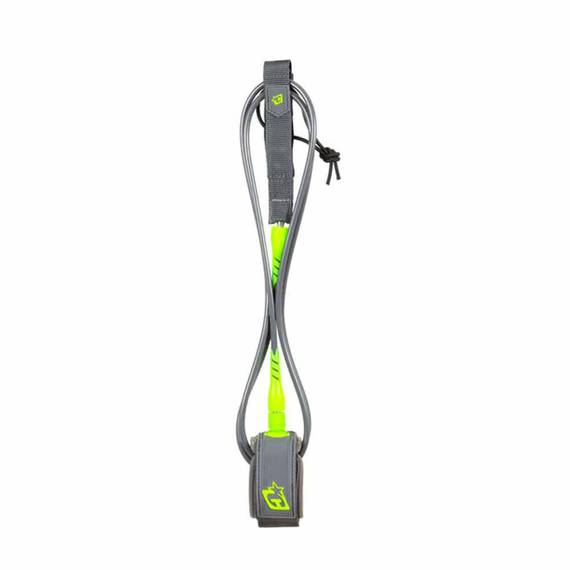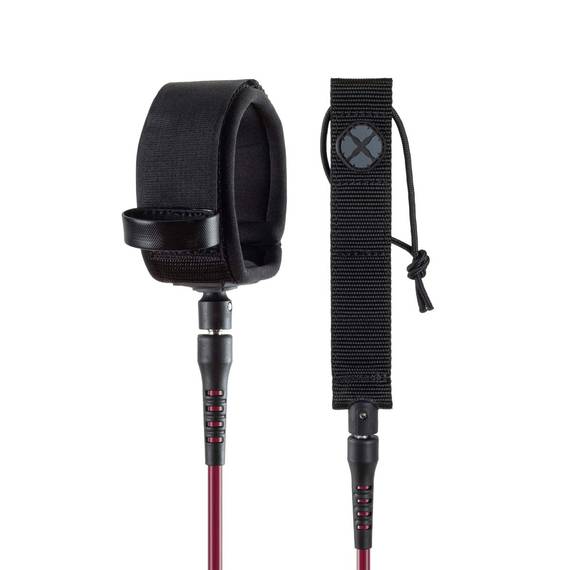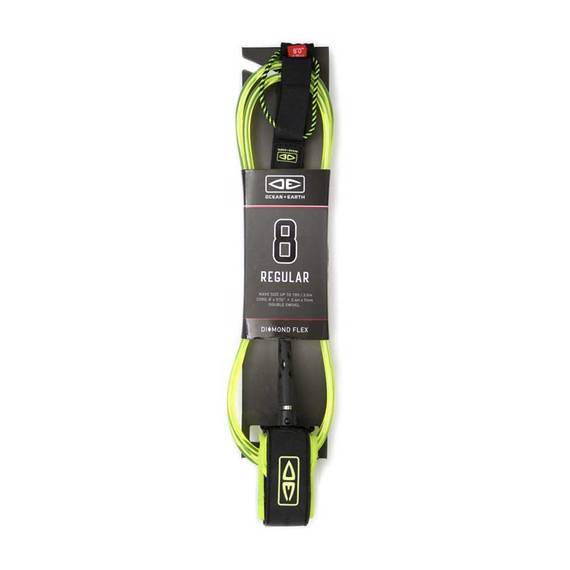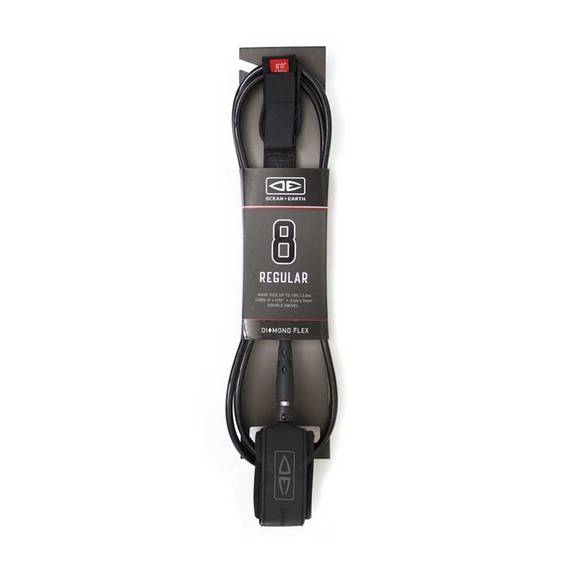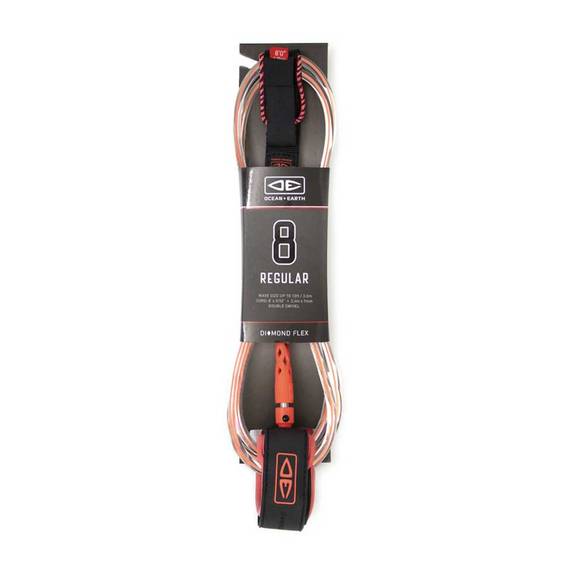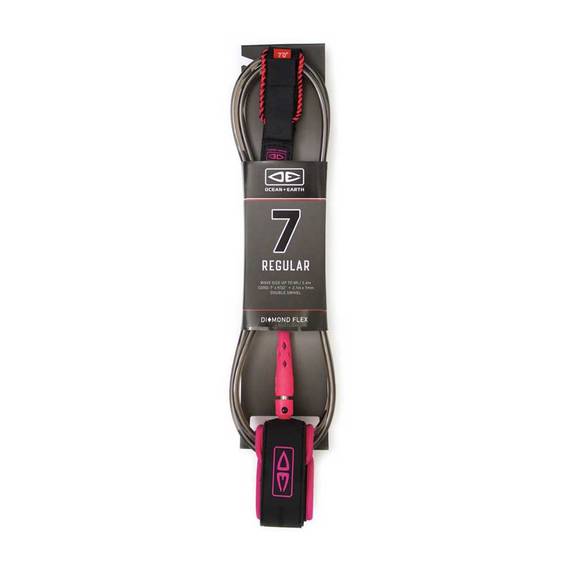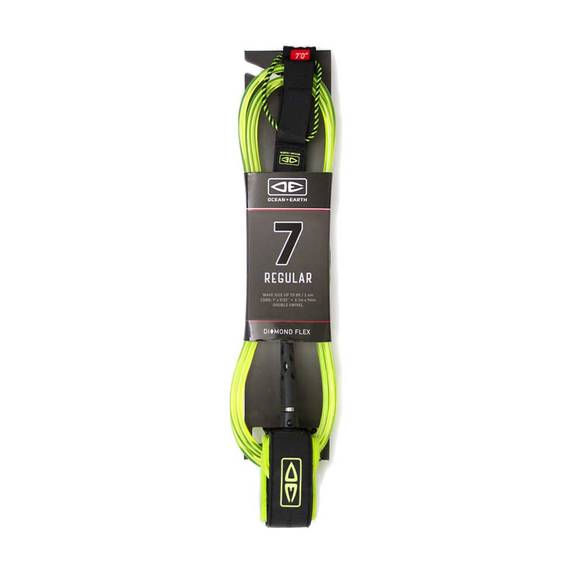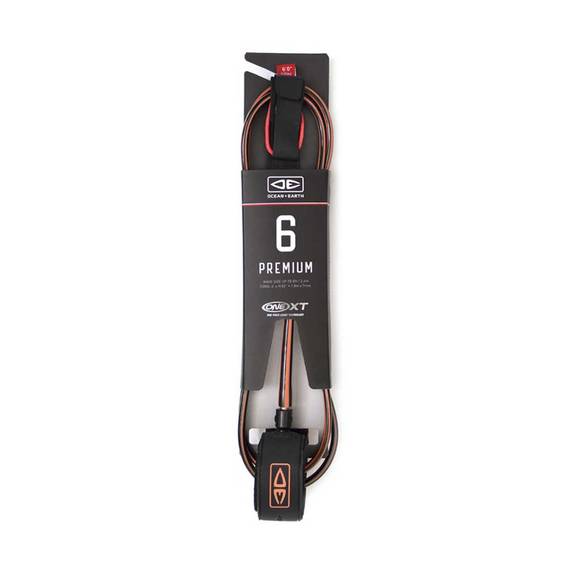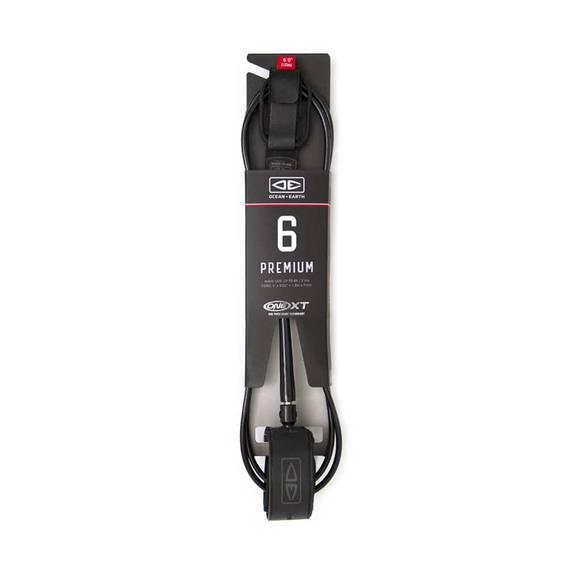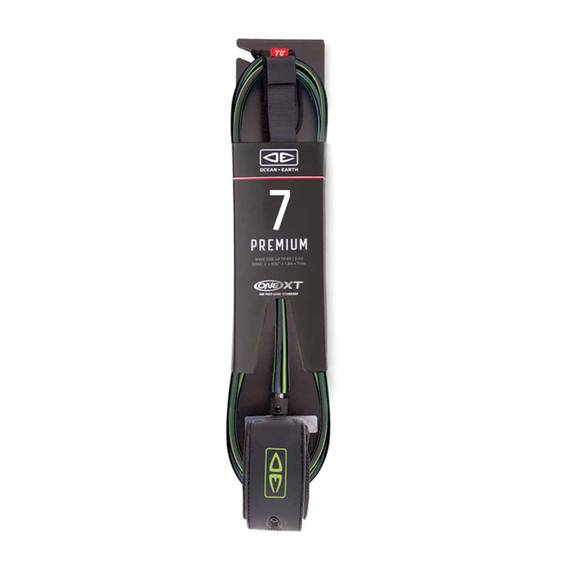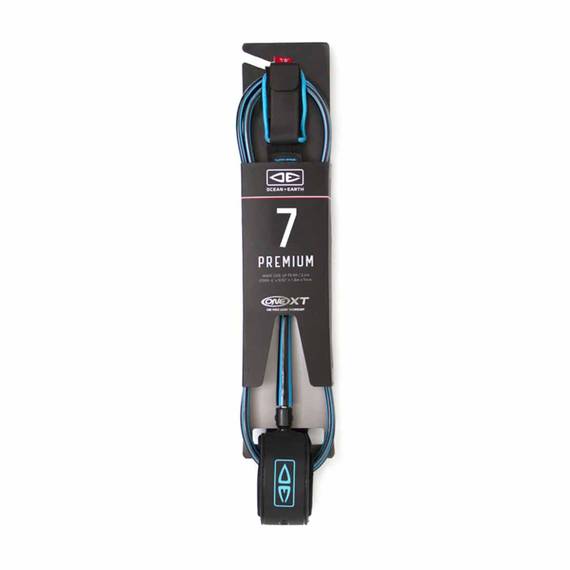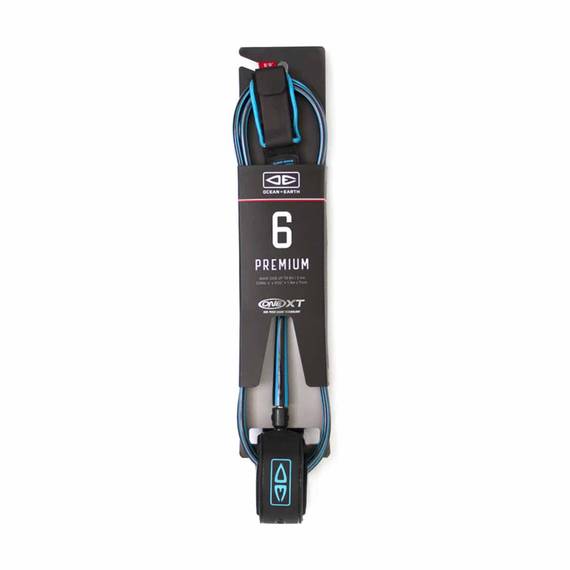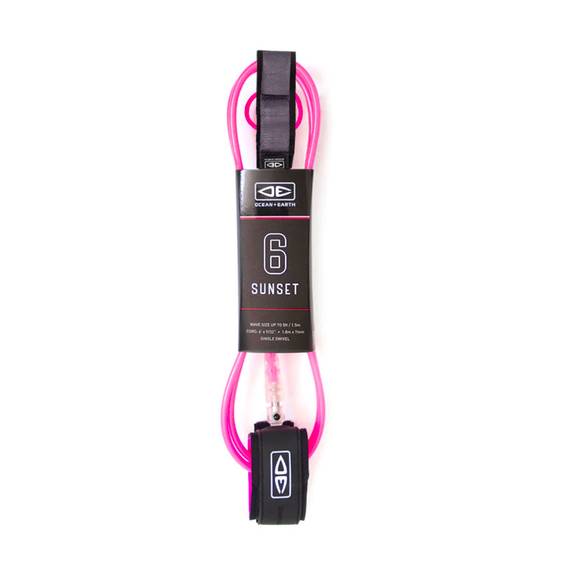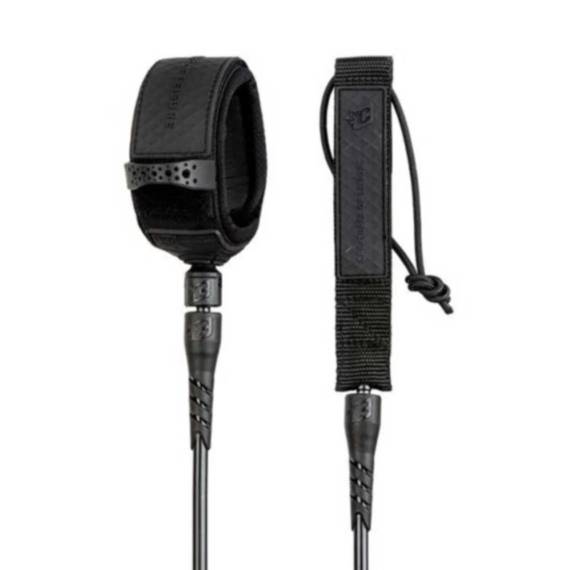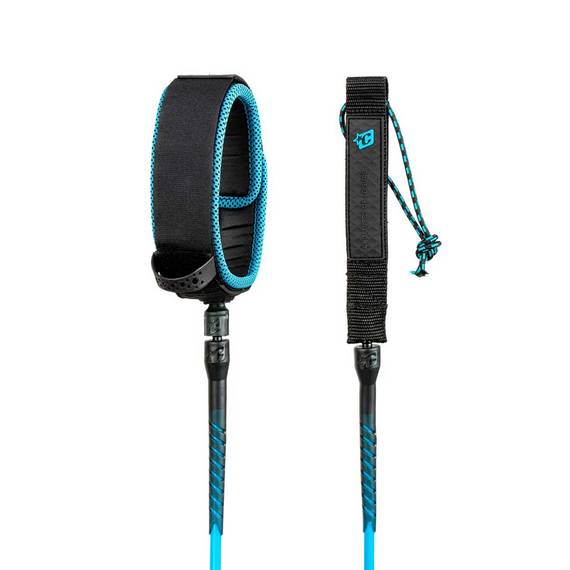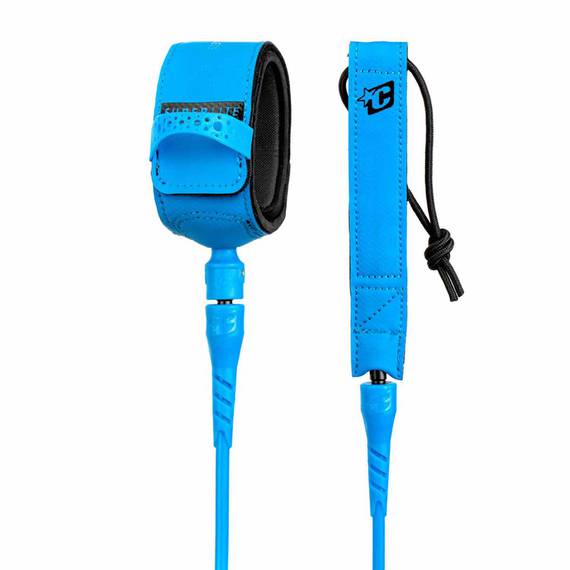Surf Leashes
Invented back in '71 by Pat O’Neill, the surfboard leash has been saving people from arduous swims back to shore ever since. What Length Surf Leash Do You Need?
Read moreRanging from 4’ for a grom board to a whopping 12’ for your longest longboard or SUP, there are many different leash lengths to choose from. The length of leash that is right for you will depend on the length of your board and your ability level. A leash should be equal in length to or slightly longer than the board it will be used on. This means that you should not be using the same leash on a shortboard as a longboard and vice versa.
If your board is in-between sizes, we recommend you round up to the next closest size. Sometimes beginners like to round up as much as 1’ to ensure they will be far away from their board when tumbling through the surf. Then again, one should be aware that this increases the “bail radius” of your board, meaning you are giving your board more reach to potentially hit another surfer. Length is key: a leash that is too thick or long will add unnecessary drag in the water and slow you down; a leash that is too short is more likely to cause you to fall on your board or for the board to rebound and hit you after the leash is fully stretched.
Surf Leashes
Invented back in '71 by Pat O’Neill, the surfboard leash has been saving people from arduous swims back to shore ever since. What Length Surf Leash Do You Need?
Read moreRanging from 4’ for a grom board to a whopping 12’ for your longest longboard or SUP, there are many different leash lengths to choose from. The length of leash that is right for you will depend on the length of your board and your ability level. A leash should be equal in length to or slightly longer than the board it will be used on. This means that you should not be using the same leash on a shortboard as a longboard and vice versa.
If your board is in-between sizes, we recommend you round up to the next closest size. Sometimes beginners like to round up as much as 1’ to ensure they will be far away from their board when tumbling through the surf. Then again, one should be aware that this increases the “bail radius” of your board, meaning you are giving your board more reach to potentially hit another surfer. Length is key: a leash that is too thick or long will add unnecessary drag in the water and slow you down; a leash that is too short is more likely to cause you to fall on your board or for the board to rebound and hit you after the leash is fully stretched.


